In an era dominated by digital brand hubs and cloud-based toolkits, Hybrid Design makes the case for the enduring relevance of printed brand books. We explore how these tactile artefacts offer more than guidance – they inspire, commemorate, and connect.
There’s something uniquely satisfying about cracking open a beautifully crafted brand book. The texture of the cover, the weight of the paper, the thoughtful layout – it all feels considered. In a world increasingly driven by screens, the printed brand book holds its ground as a design object, a storytelling tool, and a cultural artefact.
“A book is not just a medium; it is a statement. It does not disappear with a software update, and it does not get lost in an algorithm,” said Hybrid Design. As the studio behind printed brand books for Sonos, YouTube, and Indeed, they’re well-versed in the emotional and strategic power of print.
For them, the return to physical artefacts isn’t a rejection of digital but a rebalancing act. It’s about grounding brand identity in something you can actually hold.
What a digital brand hub offers in flexibility and scalability, a printed brand book delivers permanence and presence. Hybrid describes it as “part instruction manual, part love letter”—something that must be “clear enough to use and beautiful enough to keep.”
So why, in 2024, are more brands turning to print?

“A grounding experience.”
“Holding a physical book provides a grounding experience,” Hybrid explains. “It reminds teams of the brand’s identity and the care and precision that shaped it.” A well-designed brand book goes beyond utility, commemorating collective achievement and becoming a source of pride for the people behind the brand. It’s a moment frozen in time, celebrating the energy and vision of a team while charting a course for the future.
When working on brand books, Hybrid starts with curiosity. “We begin by asking the questions that get beneath the surface—What does this brand believe? How does the team approach their work? What is the goal and function of this book for the brand?”
The answers shape every element of the book, from its grid system to its binding. For Sonos, the brand book became a design object in its own right, using tactile materials to mirror the care found in the product design. The cover embossing echoed the iconic speaker grille pattern, while the interior followed the same grid philosophy used in Sonos packaging.
Indeed’s book served as a thank-you, capturing the collaborative spirit behind a major rebrand. YouTube’s book, by contrast, functioned as a visual time capsule: a printed snapshot of the brand’s evolution and its journey into a new design system. Each was different, yet all three approached the book as more than a set of rules. They were vessels for emotion, craft, and context.


“If something is going to be printed, it must be special.”
Creating a brand book isn’t without its challenges. One of the biggest, Hybrid says, is restraint. “There’s often a temptation to over-explain or document everything, but the most effective brand books are intentional and curated.” Ultimately, the goal is to empower, not overwhelm, which means prioritising what truly matters and allowing space for the brand’s spirit to shine through.
It’s this spirit that makes print so appealing to designers. A brand book is “not just a set of guidelines but a manifesto,” says Hybrid. It anchors a brand’s ethos in a tangible format, offering a sense of continuity amid the noise of fleeting digital content. When made with intention, these books become heirlooms within organisations – handled, referenced, and remembered.
What’s great about a brand is that the craft doesn’t stop at the content. Every decision—from typography to texture—speaks volumes. Each design choice hints at an element of the brand’s character, reflecting the nuance and individuality that make it distinct.
This ethos is also present in Hybrid’s work on Mohawk Quarterly, a long-running publication that championed beautiful print design. “Our philosophy, shaped by our relationship with Mohawk, is that if something is going to be printed, it must be special.”
It’s a mantra that has carried over into their approach to branding books. When a piece is destined for print, it demands something more—a materiality and physical presence that digital simply can’t replicate.



“Clarity and consistency, and inspiration.”
Looking ahead, Hybrid believes the role of the brand book is evolving. As branding itself becomes more fluid and multi-sensory, the printed brand book is no longer just a style guide – it’s a storytelling device, an onboarding tool, and a cultural artefact. “In a world where touchpoints are constantly changing, a well-crafted brand book brings clarity and consistency, but also inspiration.”
So, what makes a brand book iconic? For Hybrid, it’s about how the object exists in the world, how it feels in your hands, and what it communicates without saying a word. “If all these qualities reflected in the book are born of the same qualities in the brand, you can achieve something that feels honest and true.”
Their advice for designers dreaming of working on brand books is to start with questions, be curious, and look beyond the obvious. “Don’t just look at other brand books—look at editorial design, architecture, packaging, maps, signage—any system that organises information and tells a story.”
